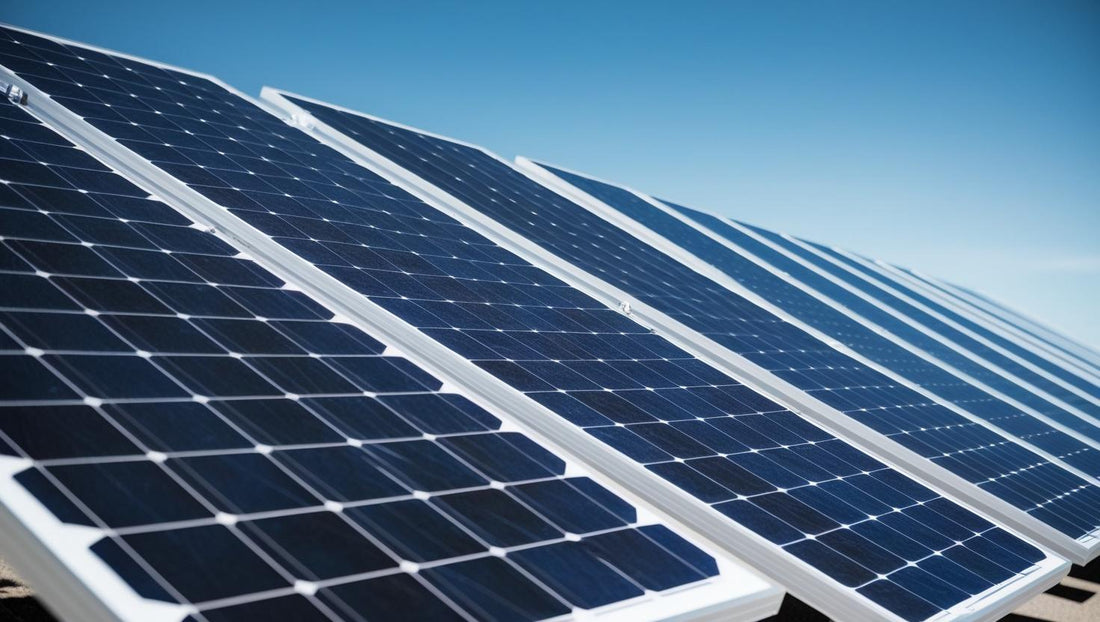
The Evolution of Solar Panels
Over the past decade, solar panels have evolved from a futuristic luxury to a practical energy solution. With rising electricity costs, unpredictable outages, and growing environmental awareness, more people are exploring solar technology. But if you’re diving into solar in 2025, you’ve probably come across a newer buzzword: the bifacial solar panel.
At first glance, it may just sound like another variation. But once you understand how it works—and what it offers—you might realize that a bifacial panel isn’t just different, it could be a game-changer.
What Exactly Is a Bifacial Solar Panel?
A New Way to Capture Energy
Traditional solar panels absorb sunlight from the front side only. That’s the surface you typically see facing the sun on rooftops and solar farms. A bifacial solar panel, on the other hand, is designed to capture sunlight from both its front and back sides.
How is that possible? These panels use transparent or dual-glass materials that allow light to pass through. The backside collects sunlight that bounces off surfaces like the ground, rooftops, water, or even snow. This reflected light adds to the total energy output—without any extra panel space.
Why That Matters
This dual-sided energy generation means more efficiency from the same footprint. In ideal conditions, bifacial solar panels can produce 10% to 30% more electricity than standard monofacial panels. That’s a serious boost, especially in areas with high reflectivity or limited space.
How Bifacial Panels Compare to Traditional Solar Panels
Increased Efficiency, Same Space
Let’s say you have limited roof space but still want to maximize your energy savings. Traditional solar panels can only do so much. But bifacial solar panels, thanks to their rear-side absorption, stretch your investment further.
For example, Jinko Solar Panels and Canadian Solar Panels now offer bifacial models specifically optimized for high-efficiency applications. These are perfect for homeowners who need high output but have space constraints.
Durability and Lifespan
Interestingly, bifacial panels are also built to last. Since they often use glass-glass construction (instead of glass-backsheet), they’re more resistant to environmental wear and tear. This not only boosts their lifespan but also reduces long-term maintenance costs.
Brands like Astronergy Solar Panels have leveraged this advantage, creating tough bifacial modules ideal for dusty, snowy, or coastal regions.
Who Should Consider Getting a Bifacial Solar Panel?
Homeowners with Reflective Surfaces
If your property includes white concrete rooftops, reflective tiles, sand, or snow-covered areas, bifacial panels are a fantastic option. These surfaces reflect sunlight onto the rear panel, increasing the total output significantly.
Even without snow, urban rooftops with pale colors can make a big difference. Canadian Solar Panels, for example, often recommend bifacial solutions for flat-roof commercial buildings or homes with ample spacing around the panels.
Commercial Projects and Solar Farms
Because of their higher energy output per square meter, bifacial solar panels are widely used in commercial setups and solar farms. They maximize ROI by producing more power over time with the same infrastructure investment.
Brands like Jinko Solar Panels lead in this category, offering bifacial modules designed for utility-scale projects that demand efficiency and scale.
Real-World Performance and Energy Output
The Data Doesn’t Lie
Independent studies and user reports show that bifacial solar panels outperform their monofacial counterparts in most reflective environments. A ground-mounted bifacial system, even on gravel or grass, often delivers a 10%–15% energy gain. Add snow or white surfaces to the equation, and that number rises even higher.
A homeowner using Astronergy Solar Panels in a snowy region reported producing nearly 25% more electricity in winter months compared to a neighbor with standard panels.
Monitoring Is Smarter Too
With enhanced power output comes the need for better monitoring. Luckily, most Jinko Solar Panels and Canadian Solar Panels offer integrated smart inverters and apps that help users track performance on both sides of the panel. This allows homeowners and businesses to fine-tune positioning and detect issues quickly.
Are Bifacial Panels More Expensive?
A Slight Premium, But Worth It
Yes, bifacial panels do come at a slightly higher upfront cost than traditional models. However, their increased efficiency often pays off in a shorter period. The ROI can be even quicker in high-reflectivity environments or when electricity prices are high.
Let’s say you install Canadian Solar Panels with bifacial tech and see a 20% increase in power. That energy saving compounds over time—easily justifying the initial investment within 4 to 6 years.
Longer Warranties and Greater Value
Most top-tier bifacial brands like Astronergy Solar Panels and Jinko Solar Panels also offer extended performance warranties, ensuring your panels stay productive for 25+ years. This adds further assurance that your investment is protected.
Final Thoughts: Should You Get One?
If you’re serious about solar in 2025, it’s hard to ignore what bifacial technology brings to the table. Whether you’re installing panels on your home or planning a larger project, the added efficiency, durability, and lifespan make bifacial solar panels a worthy upgrade.
And when you consider the reliability of brands like Canadian Solar Panels, Jinko Solar Panels, and Astronergy Solar Panels, the decision becomes even easier. Their bifacial offerings are trusted globally and backed by strong warranties and consistent performance data.
So, should you get one? If your location supports it and you want maximum value from your solar investment—absolutely








